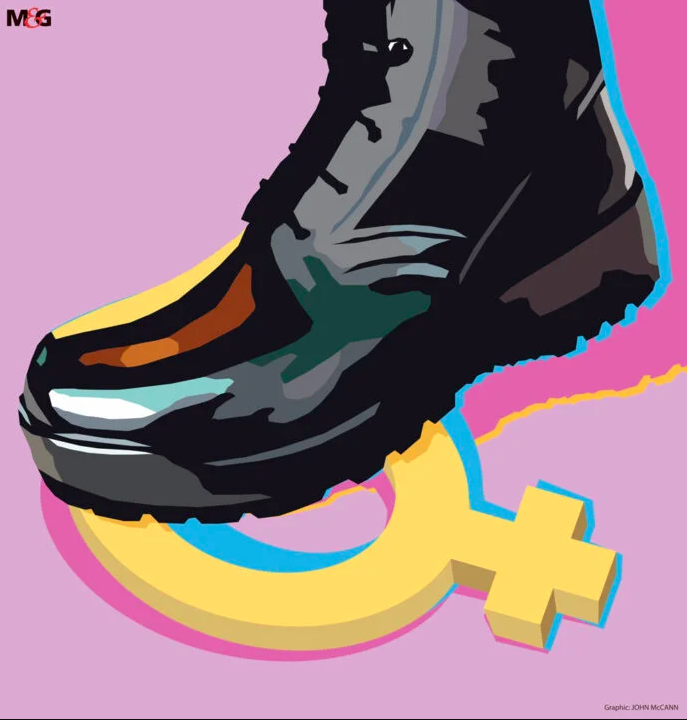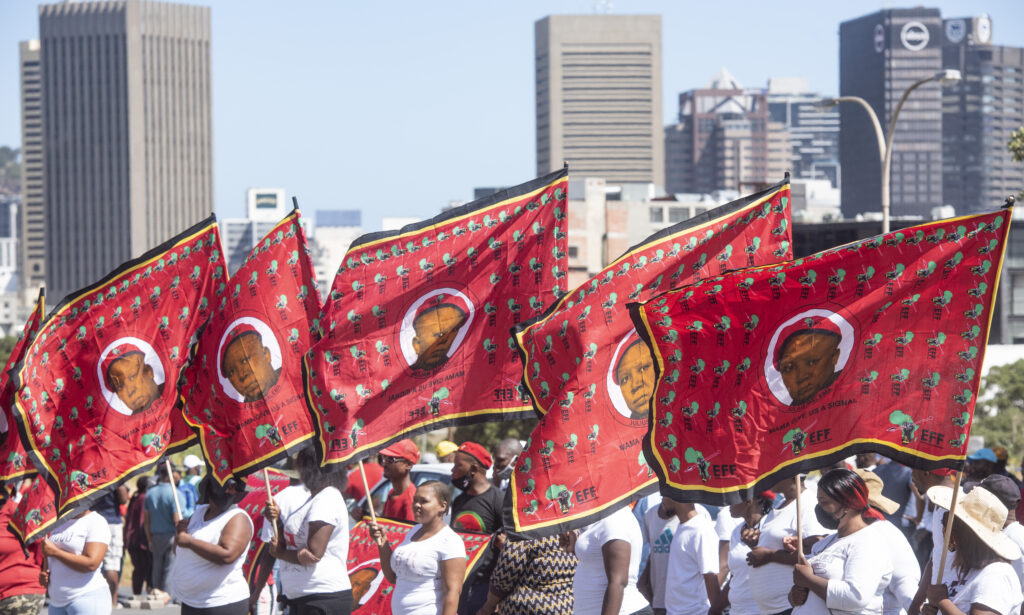It could be argued that the conceptualisation of gender equality is subjective and perhaps even relative because of the varied perspectives from which it is understood. For this reason, the debate about defining and securing gender equality is highly charged. This is largely due to the tension between the preservation of traditional gender roles, modernisation and changes in constructions of society caused by industrialisation, colonisation, apartheid, capitalism and globalisation.
I focus on how liberal feminism, black feminism, African feminism and the nationalist women’s movement work with the concept of gender equality, which is illuminating because their respective positions reveal that the notion of equality is multidimensional. They advance paradigms of equality that, when taken together, address the formal, substantive, social and decolonial components of an arguably abstract term.
A number of South African feminist scholars shed light on the divergences and convergences of the different kinds of equality that are contesting the same political sphere. The most prevalent understanding of gender equality is articulated by the liberal feminist agenda. Catherine Albertyn explains that this is a classic liberal, libertarian or neoliberal approach that is best captured as the demand for formal equality. It calls for comprehensive individual freedoms and limited state intervention in society, the market and the economy. It is also the demand for protections against various forms of differentiation that prevent merit-based opportunities.
The liberal feminists advocate for legislation that repeals discriminatory laws to entrench the rights to equal opportunity. The perceived benefit of this approach is that it allows for the effective use of society’s human resources, irrespective of gendered, racial or cultural identities. In tandem, they do not support the notion that everyone should have an equal share of society’s resources. Instead, they promote the idea of a level playing field as a base from which individuals can then be rewarded for their choices and efforts.
This liberal conceptualisation of equality is distinctive from the nationalist women empowerment agenda that promotes substantive equality. This type of equality rejects an opportunity concept, but endorses an exercise concept, which entails the adoption of additional measures to advance a needs-based as opposed to a rights-based approach.
Albertyn says the nationalist women’s movement highlights that formal equality on its own is incapable of addressing the inequalities experienced by women in South Africa because it denies or ignores the legacies of colonialism and apartheid that requires the redistribution of resources and social benefits. Hence Shireen Hassim argues that a substantive approach to equality confronts the structural and systemic underpinnings of women’s subordinate status. So, substantive equality is the desired outcome of policies that seek to redress historical and collective patterns of unequal social and economic power, disadvantage and inequality.
But I find that even the combination of formal and substantive equality has failed to secure both the basic and material needs for the most disadvantaged population group in South Africa — black women. One need not seek evidence from research done by Statistics South Africa, for example, to observe the glaring poverty, unemployment and displacement of black women that results in devastating inequality.
Despite this blatant injustice, Albertyn asserts that the Constitution has a social egalitarian focus that is meant to “overcome status inequality between social groups and affirm diverse identities”. As such, it “acknowledges a diversity of sexual, religious and cultural identities, among other groups, which has engendered much law reform for women and the LGBTIQ+ communities”. She maintains that the Constitution “accords equal concern and respect across disadvantage and difference”.
In terms of the recognition of difference, Amanda Gouws made an argument at the threshold of democracy that is unfortunately still relevant almost three decades later. She argued then that “the more our society claims to be gender-and race-blind, the more the issues of similarity and difference will plague us” and we have to “come to grips with our own racist and sexist selves”. In response I add that it would be morally bankrupt to deny that there are women who suffer anti-black-sexism. In turn black feminists employ an anti-racist-sexism agenda to demand social equality.
According to Cheryl de la Rey and Amanda Kottler, black feminists draw from the concept of intersectionality to articulate the “triple oppression” that black women suffer through race, class, gender and various social identities. Although black women do reap dividends from formal and substantive equality measures, but because of a lack of political will, pervasive marginalisation and persistent subordination, they remain the most oppressed population group in South Africa. Thus, their need to invoke identity politics.
African feminists also have their own understanding of equality and in a previous article, I briefly outlined their agenda of decolonisation. They assert that the concept of equality has to also be decolonised. In this regard, Hassim states that African postcolonial feminists consider the Constitution to be founded on Western colonial discourse. They argue that it is a rights-based approach, which is an imposition on African communitarian societies.
Hassim isolates at least two reasons for this controversy surrounding the notion of equality. First is the issue of “theoretical scepticism” because the apartheid government constructed inequality through law and, as such, the rule of law was instrumental in white supremacy. Second is the view that colonial officials and traditional leaders under a legal system that Belinda Bozzoli refers to as “patriarchal collusion” imposed a selective understanding of power and the law.
Notwithstanding the two views that inform the African feminist disenchantment with law-based equality provisions, Hassim criticises their reduction of the equality clause in the Constitution. Her rebuttal is that it is “a collective product of a century long history of struggles by black women and other oppressed social groupings and is thus in many respects locally defined”.
While I agree with how Hassim traces the trajectory of the equality clause with respect to women’s rights, I still retain my argument that there are at least four kinds of equality claims made by South African feminist and women’s movements. So, the African feminist grounds for challenging how equality is currently interpreted and applied in law is valid because it raises questions about how an authentic postcolonial and post-apartheid society should be structured.
I think that my brief discussion on the different perspectives of gender equality reveals three things. First, South African women are not a homogenous group with the same interests. Second, although their agendas may differ, they all appear to be tackling “the woman question” from different but equal perspectives. Finally, the notion of gender equality cannot be merely reduced to power struggles between women and men. Instead, the different dimensions of gender equality as promoted by South African feminists address the intersection of rights, needs, identities and laws in theory and practice.




